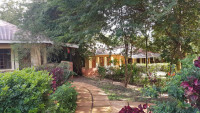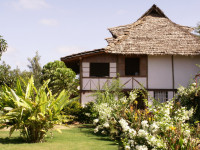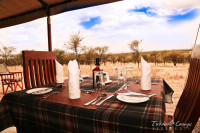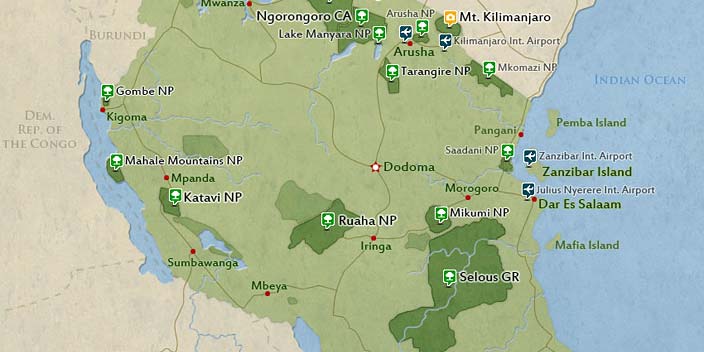
Arrival
Arrival

Day 1
Tarangire National Park
Tarangire National Park
Giant baobab trees, bush savannah and the seasonal marshes add to the wonder of this nature reserve. The park is considered as one of the best places to view elephants up close. The park is also home to buffaloes, zebras, and wildebeests which are always closely followed by a range of predators such as lions. Leopards are seen now and then but cheetahs are rarely spotted. From the open roof of the safari vehicle, you will be able to absorb the landscape and watch the animals. In the late afternoon, you will head to the lodge, where you will stay overnight.
- Main Destination:
- Tarangire National Park
- Accommodation:
- Eileen's Trees Inn
- Meals & Drinks:

Day 2
Serengeti National Park
Serengeti National Park
On this day, you'll head towards the Serengeti plains. On adventurous slopes, it goes up the Rift Valley into the wide plains of the Serengeti. It is the heart of a vast ecosystem, whose species-rich animal world is unique in the world. Annually, the great migration involves over 1.4 million gnus, almost 300,000 Thomson's gazelles, about 200,000 zebras, and several thousand topi's during the rainy seasons to the areas with the greener and lush meadows. With about 3 million larger mammals, the Serengeti is the national park with the richest wildlife worldwide. Around two-thirds make up the above-mentioned animal species, furthermore, the park is the home to many other animal species, such as giraffes, buffalos, hyenas, elephants, or crocodiles. Particularly large is the population of feline predators, about 3000 lions, a good 300 cheetahs, and an estimated 400-700 leopards have their hunting ground here.
- Main Destination:
- Serengeti National Park
- Accommodation:
- Tukaone Weavers Camp
- Meals & Drinks:

Day 3
Serengeti National Park
Serengeti National Park
The entire day is dedicated to wildlife viewing in the Serengeti. The areas that you visit will depend upon where the migrating herds are. Predators usually follow closely behind the trekking animals and include lions, leopards (in the acacia trees), and cheetahs. During the short rainy season in November and December, the herds move from the hills in the north to the plains in the south. During the longer rainy season from April to June, they return up north. As the migration is completely dependent on the yearly rainfalls, the location of the herds may vary from year to year but your guide will know where to locate the animals and where to see them best.
- Main Destination:
- Serengeti National Park
- Accommodation:
- Tukaone Weavers Camp
- Meals & Drinks:

Day 4
Ngorongoro Crater - Arusha/JRO
Ngorongoro Crater - Arusha/JRO
After breakfast, you will head to the Ngorongoro Crater and take partly adventurous roads about 600 meters downward into the crater. The crater has a diameter of 17-21 kilometers and is the home of a great animal world. Nearly all the biodiversity of the East African savannah has gathered here, only giraffes and a few other animal species for which the rock faces are too steep do not live in the crater. Depending on the season, 15,000 to 25,000 animals are gathering here, thereof more than two-thirds buffaloes, gnus, zebras, and gazelles. This large number of grazers also explains why in the crater the largest density of predators in Africa can be found. Besides other predators, more than 100 lions live here in several prides. The chances of watching the "Big Five" lion, elephant, buffalo, rhino, and leopard within just a few hours are here particularly good. In the afternoon, you will go up again the steep crater walls and then straight to Arusha/JRO.
- Main Destination:
- Ngorongoro Crater
- Accommodation:
- No accommodation (End of tour)
- Meals & Drinks:



























